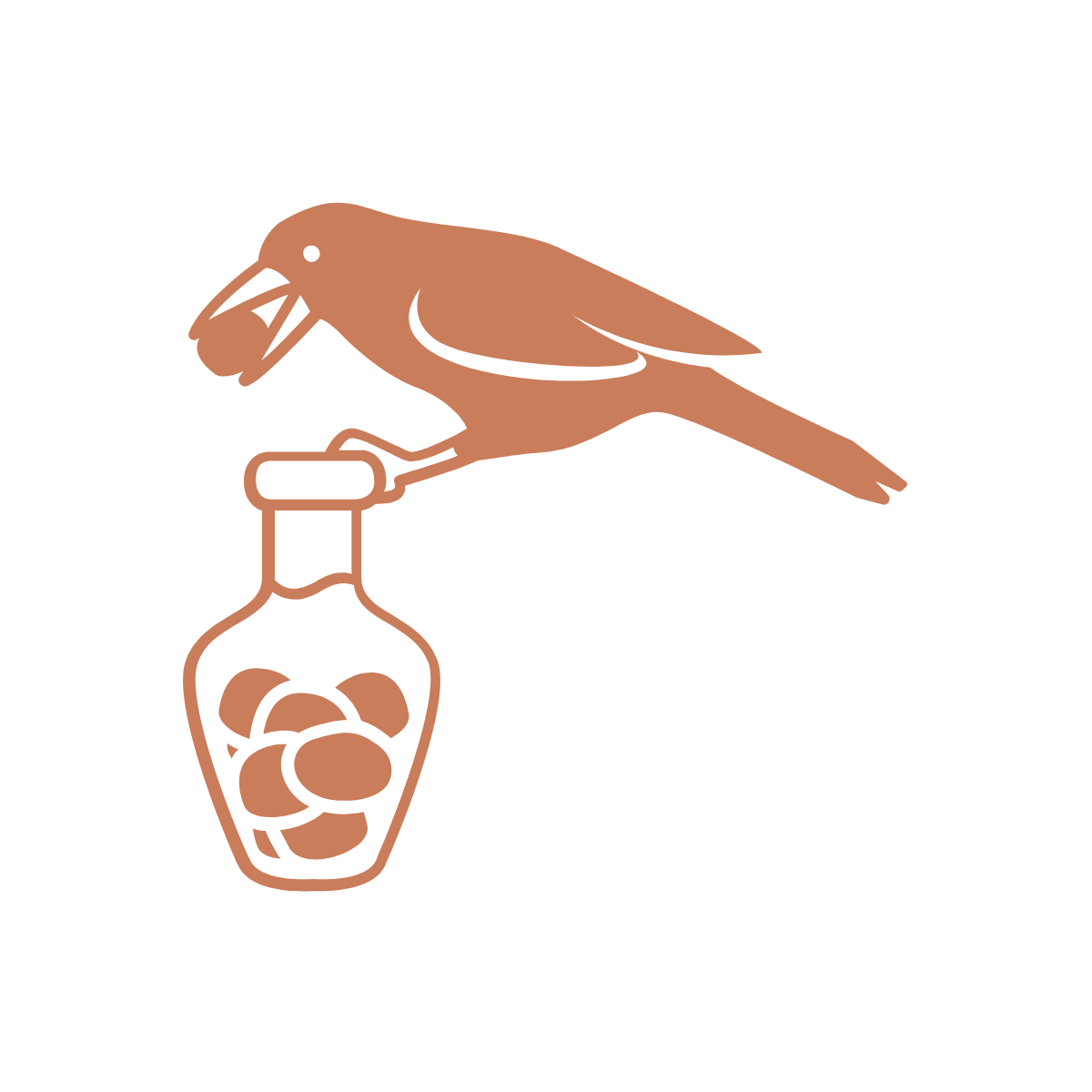Spindly Arms
Here is a little ditty, an excised portion of an article I am writing with Steve Katz on posthumanism and Burke's weird formulation of predestination. It's an attempt to tell a posthuman story that privileges predestination, which Burke describes as "a combination of people and things" that generates outcomes beyond the will of particular individuals, over entelechy, which sees outcomes the product of internal drives (or causes):
I’m watching my son playing baseball. He works with the bat, he wears a glove and a cap and moves across mowed grass to touch synthetic bases. Sometimes, if the stars align, he catches a ball, around which much of the game gathers. Now, Will is up to bat. The bat extends delicately from his spindly arms. He gets a hit; undersized, he is nevertheless determined and coordinated, traits that come from any number of genetic, environmental, and cultural forces. Even momentary, kairotic forces are at play: he looks to see that I am watching. Does that change the dynamic? How can I understand his hit, or properly, the hit? From where does it come?
There is something profoundly posthumanist about the superstitions of athletes. How does the hit emerge and why? We could see the hit entelechially, as always already residing in the technology of baseball. The bat wants to hit the ball as all hammers want to hit nails. The ball wants to be struck (and, to be honest, not struck) as all nails crave the blow of the hammer. But that bat is not not my son. It is not an external element coming from nowhere, and then being brought to bear. What would an account privileging predestination disclose? And how would it do that, what would it feature? The hit, of course, is predestined, but not in terms of any one thing’s entelechy, or even “entelechy” generally. The hit is posthumanist, a moment when inside/outside disappears into an act amongst as a particular “combination of people and things” (Burke, Religion 272). Not a function of what the bat might want, to borrow from Kevin Kelly’s somewhat entelechial formulation. Will and the bat and the wind and my attention and the pitch and the ball and Will’s hands, and a family friend who played in the majors all materialize (all these things happen) when/as one moving object connects with another moving object, which Ted Williams once described as the hardest thing to do in sports.
There is certainly nothing groundbreaking in this litany. But, when considered through a speculative predestination, which can at any moment, zoom in on any act and actor and trace its contribution (even while acknowledging it’s independence is purely methodologically). No mysterious, entelechial force (either human or nonhuman) is needed. Or perhaps a better way to describe it is the entelechy seems to be a singular driving force whereas predestination is driven by a mixture of actants, to borrow from Latour, Bennett, Barad and others. So the meeting of the two moving objects is really the arrival, in that moment, of many things each on its own trajectory, which is itself shaped by other things. This isn’t a billiard ball causal relationship of blind and mute matter colliding; predestination privileges the blurry interactions of matter rather than the entelechy of particular objects. Tools like a bat do not have an entelechy but series of relations in and through which it comes a bat. And as the bat, so my son.


